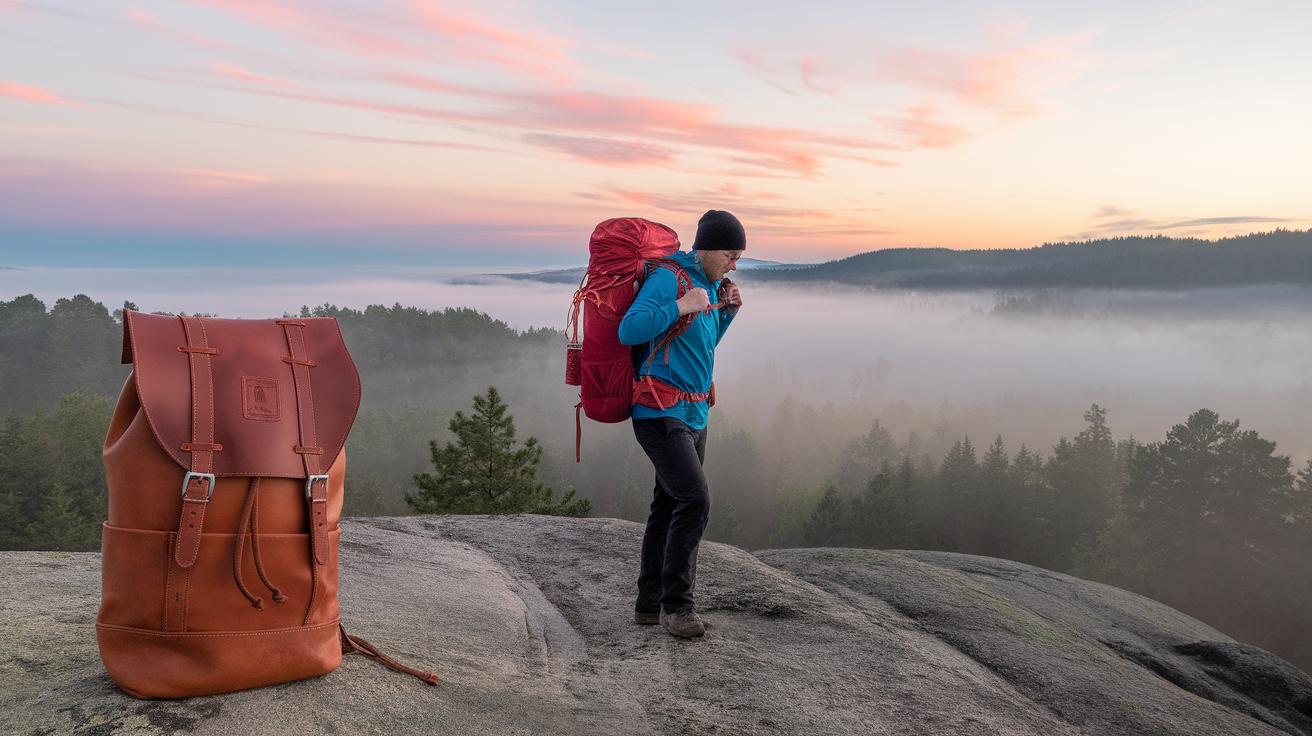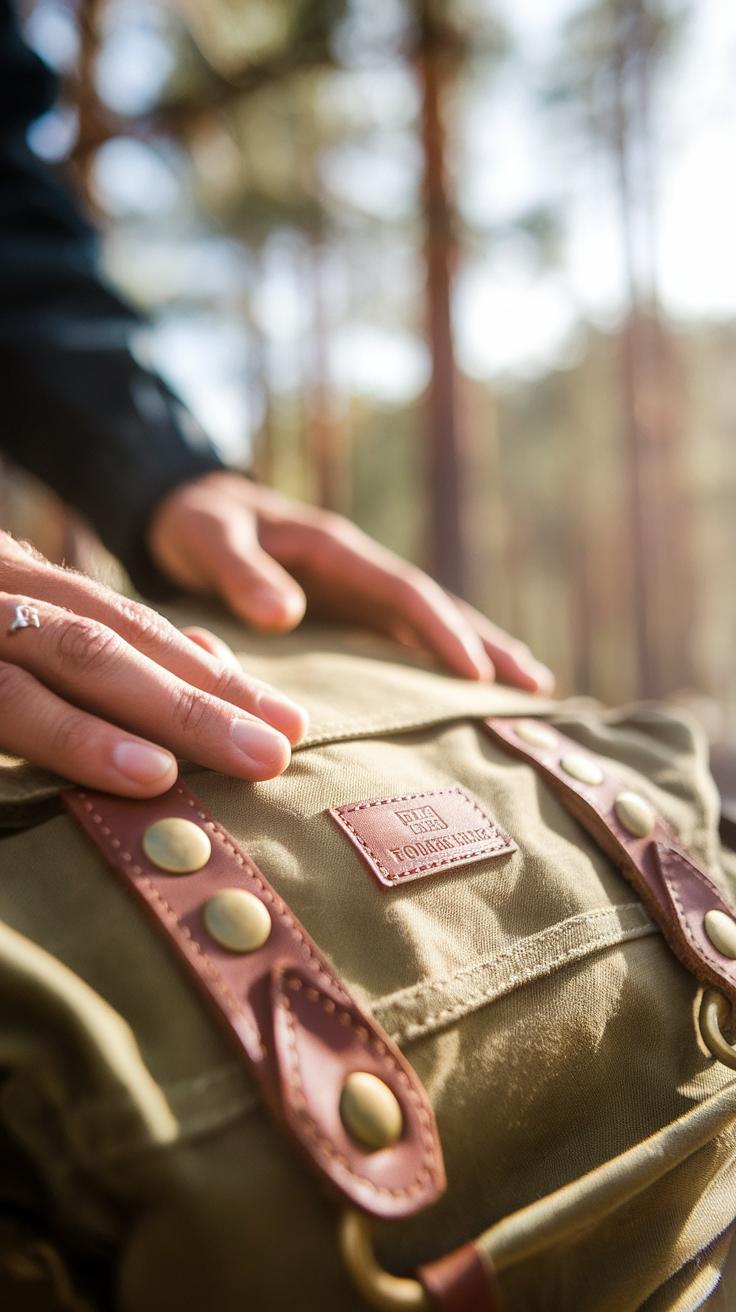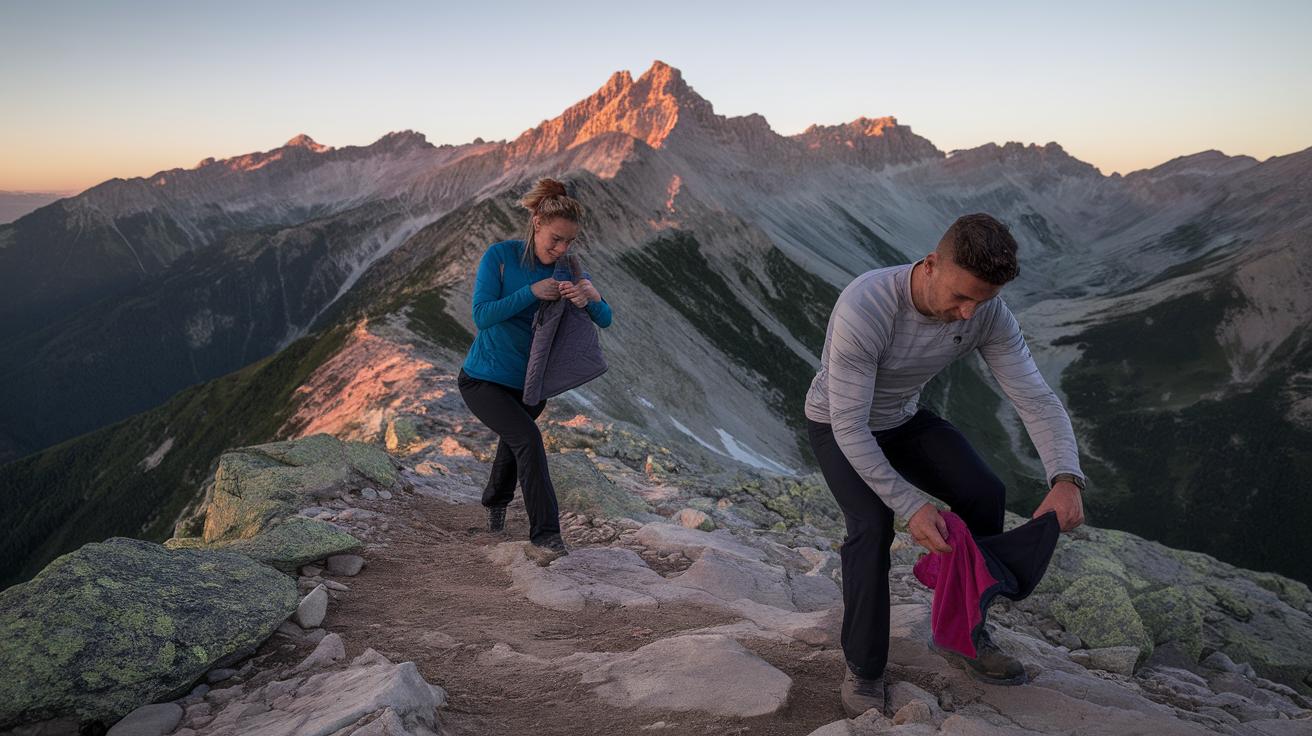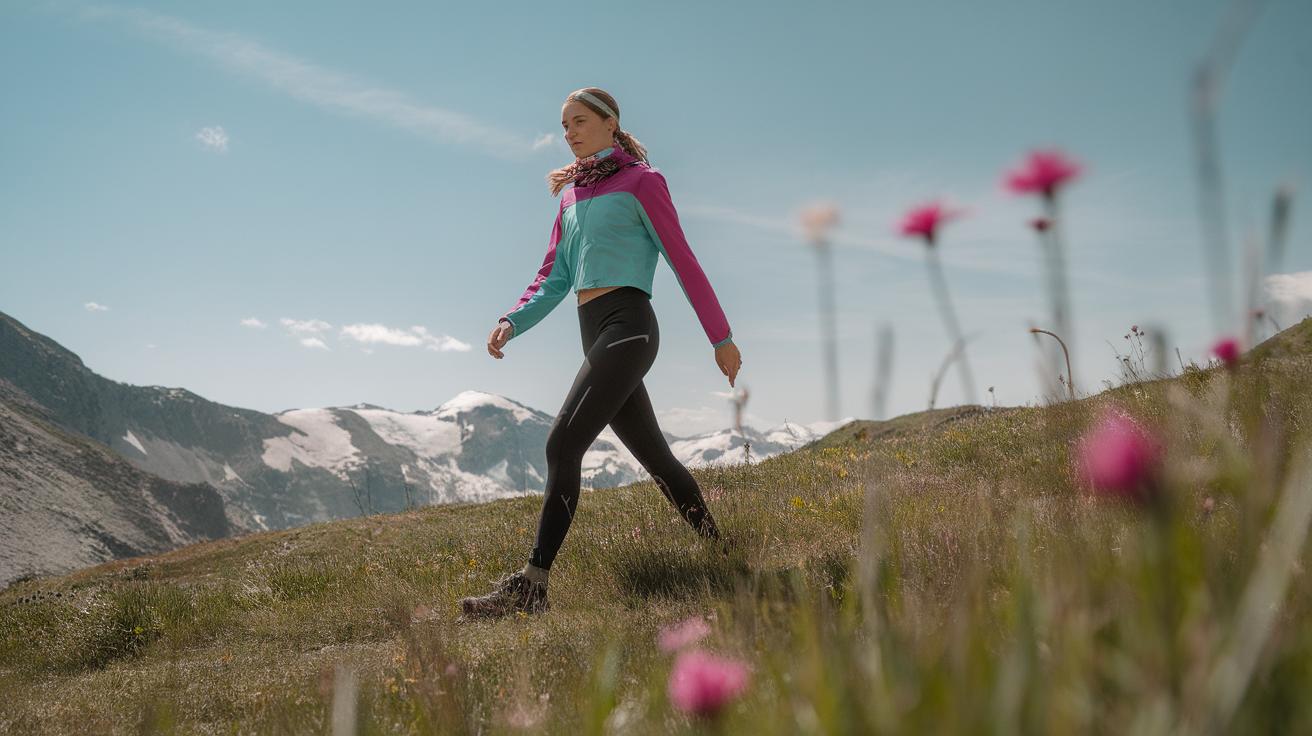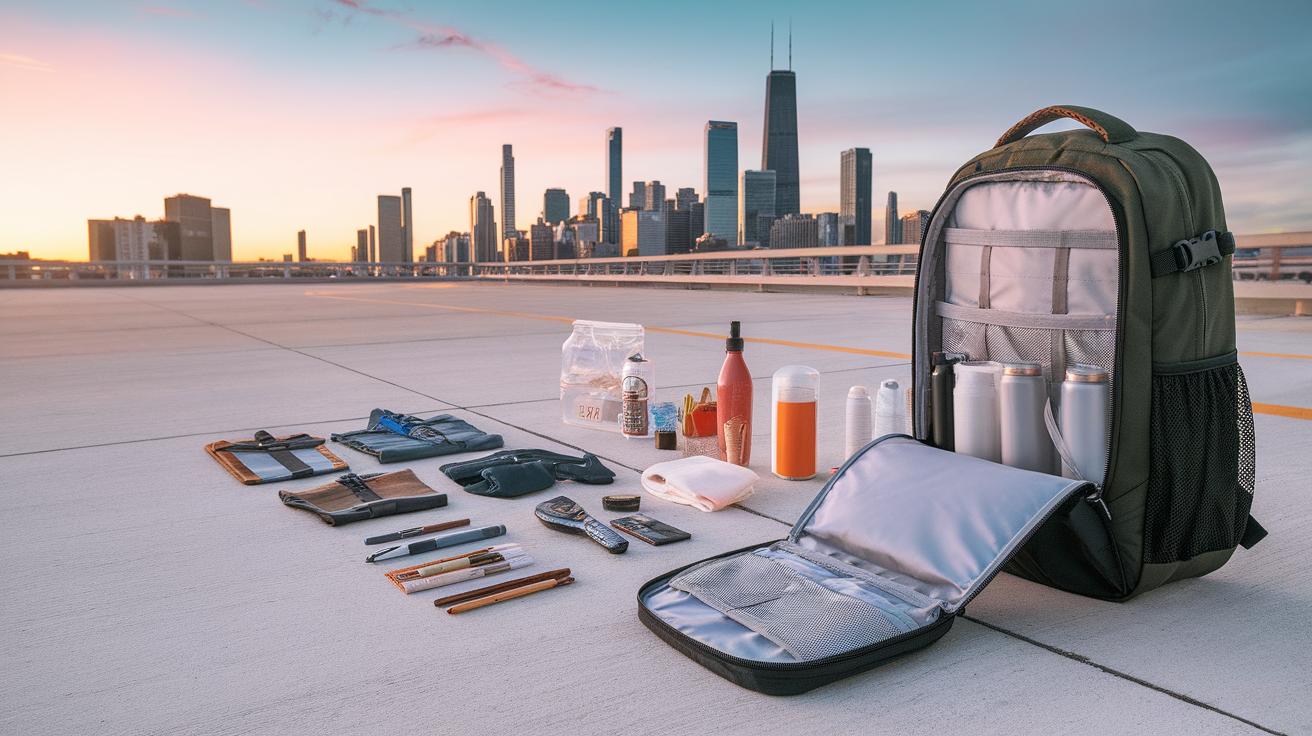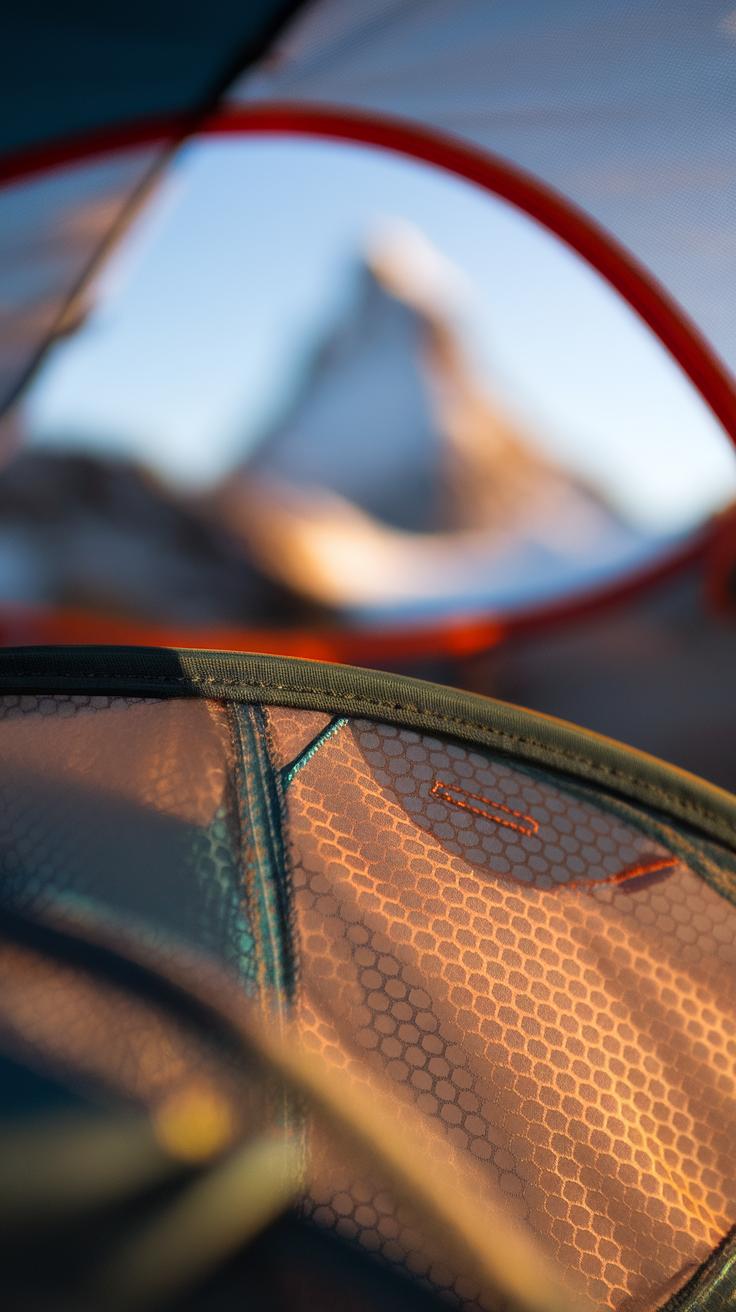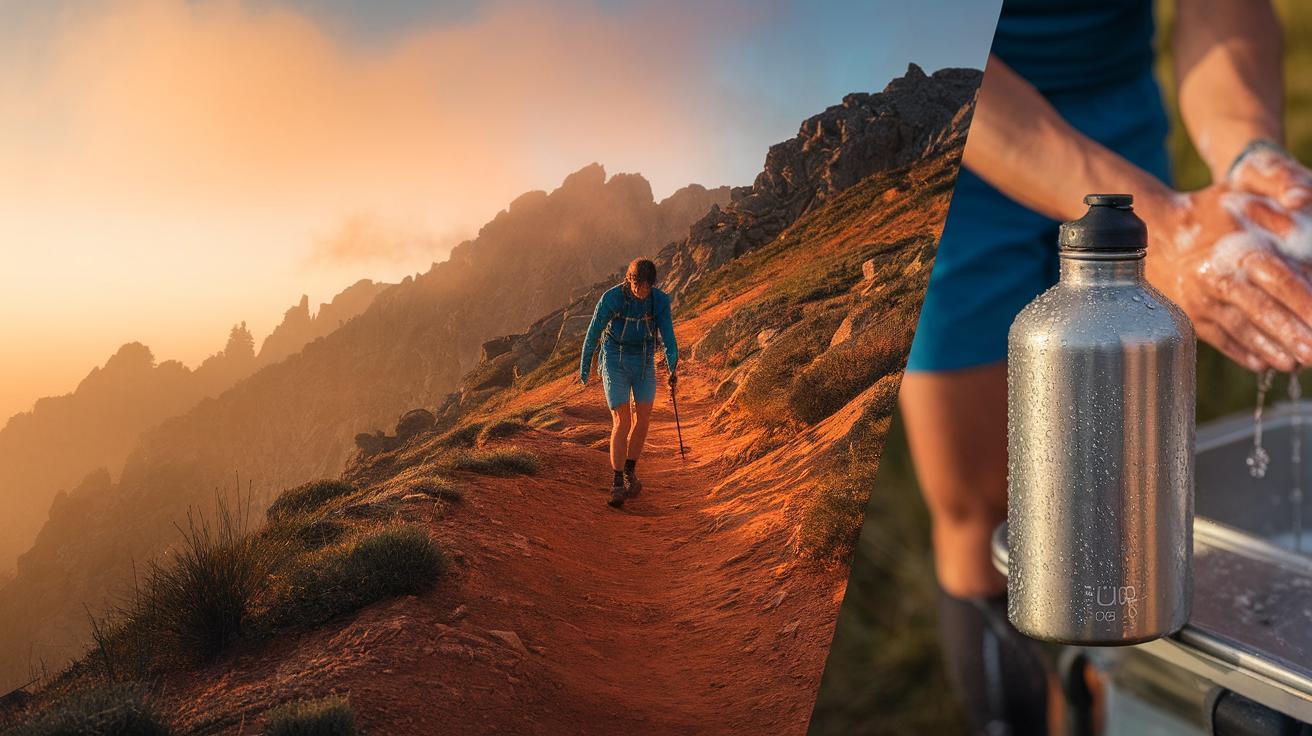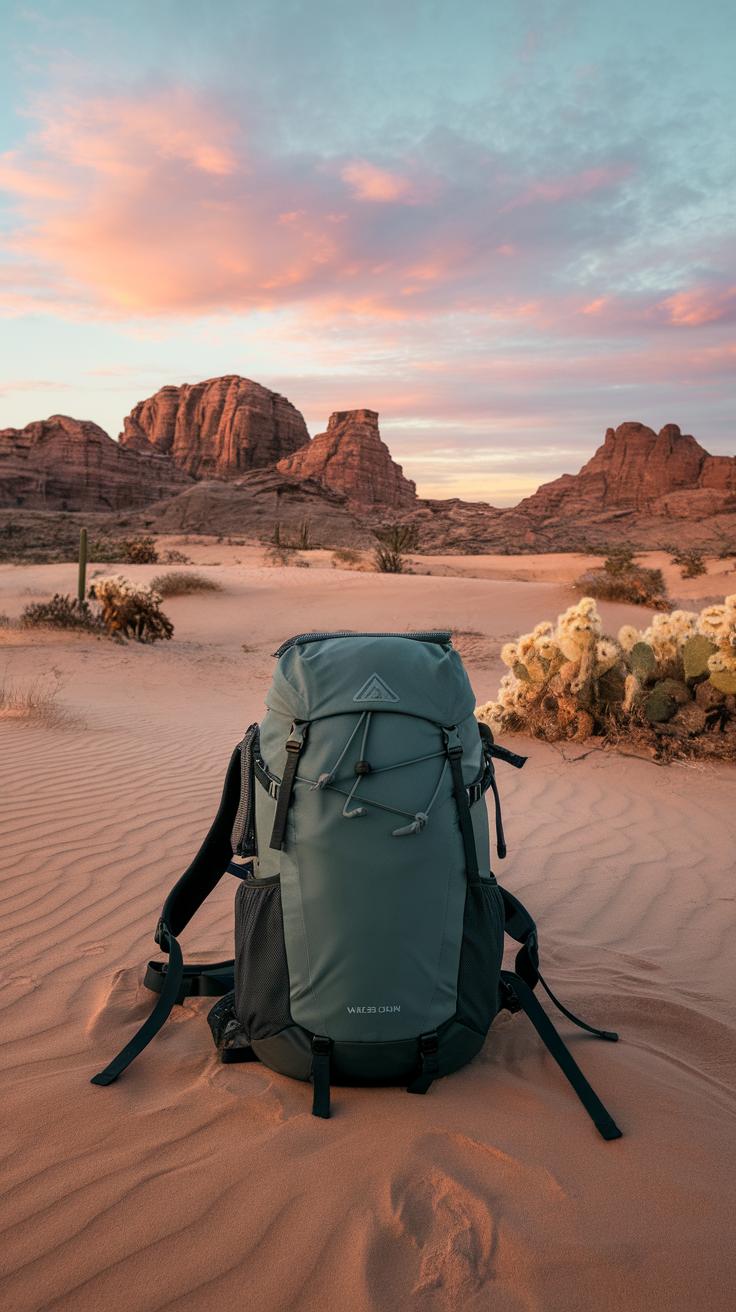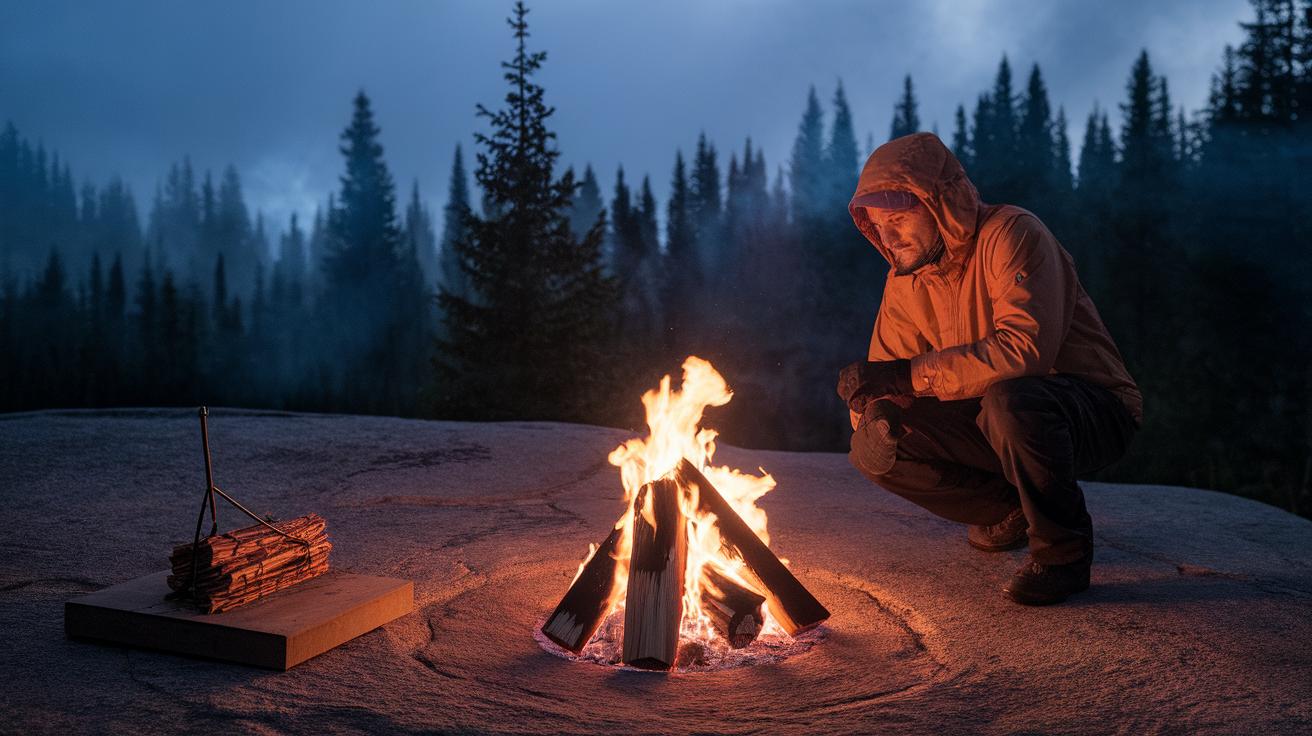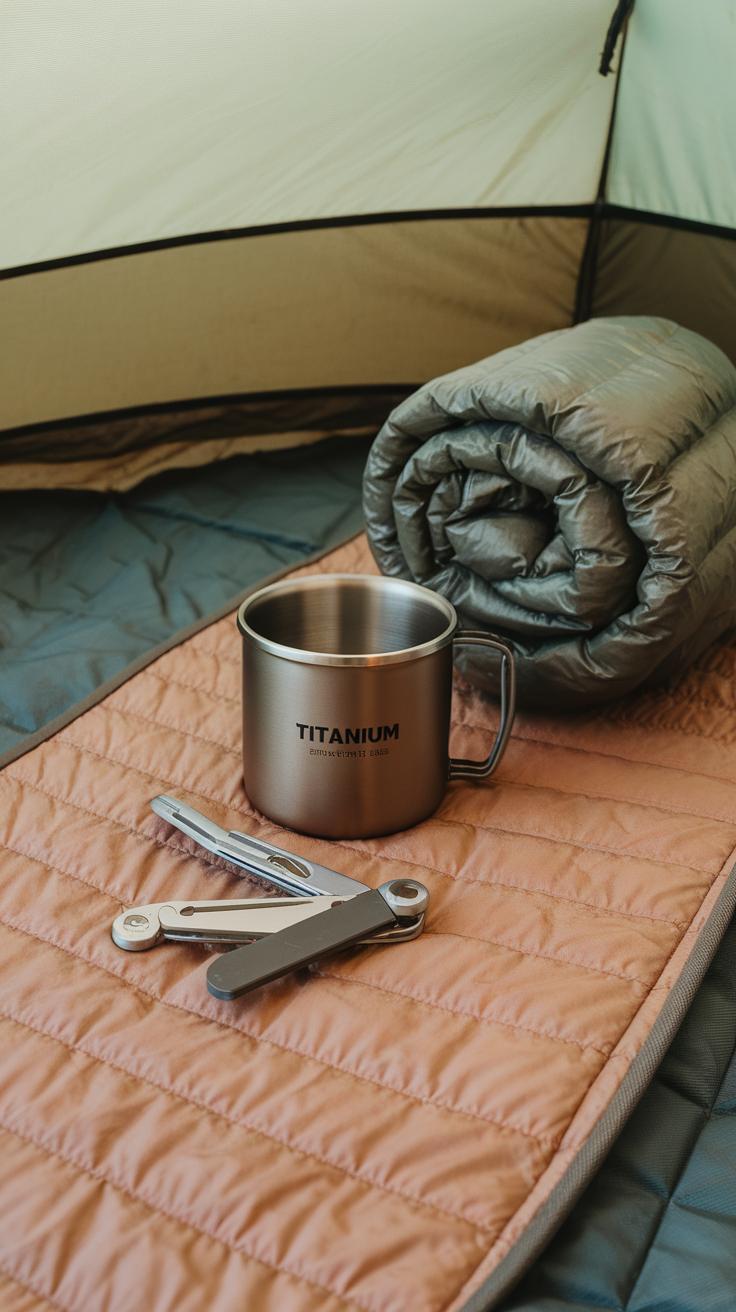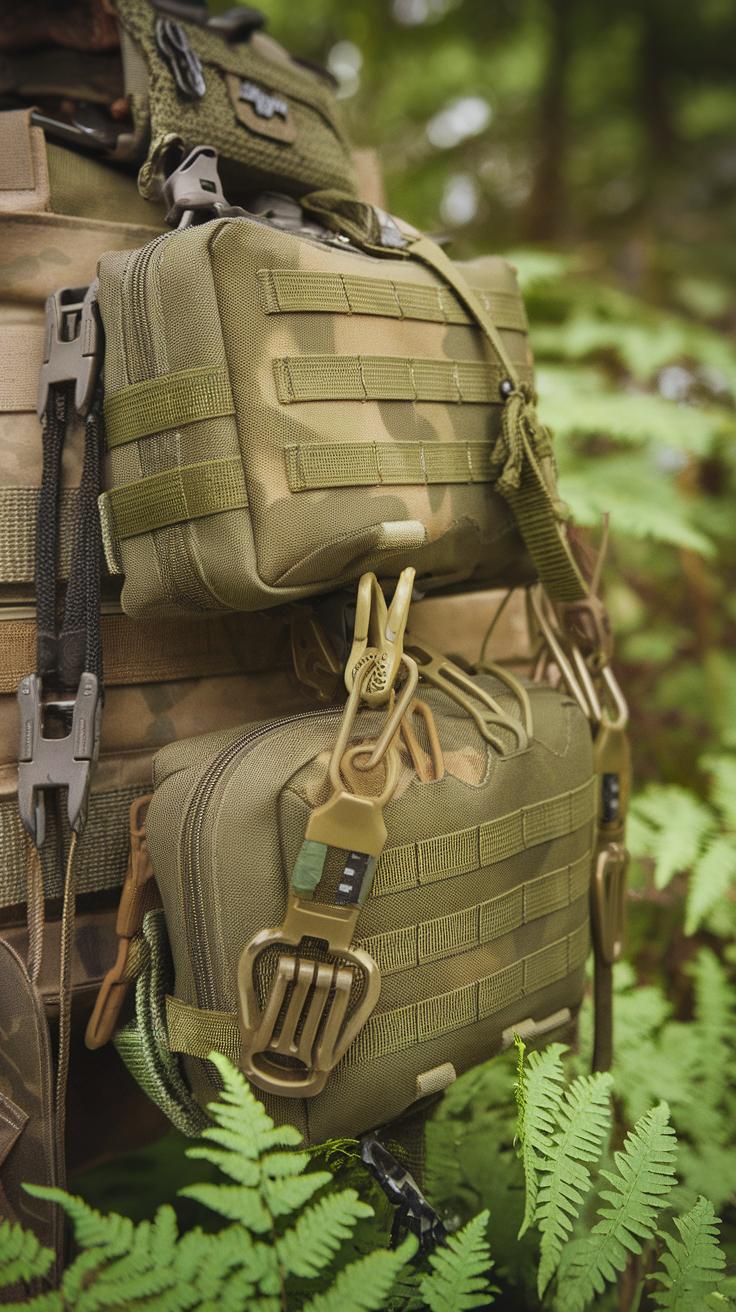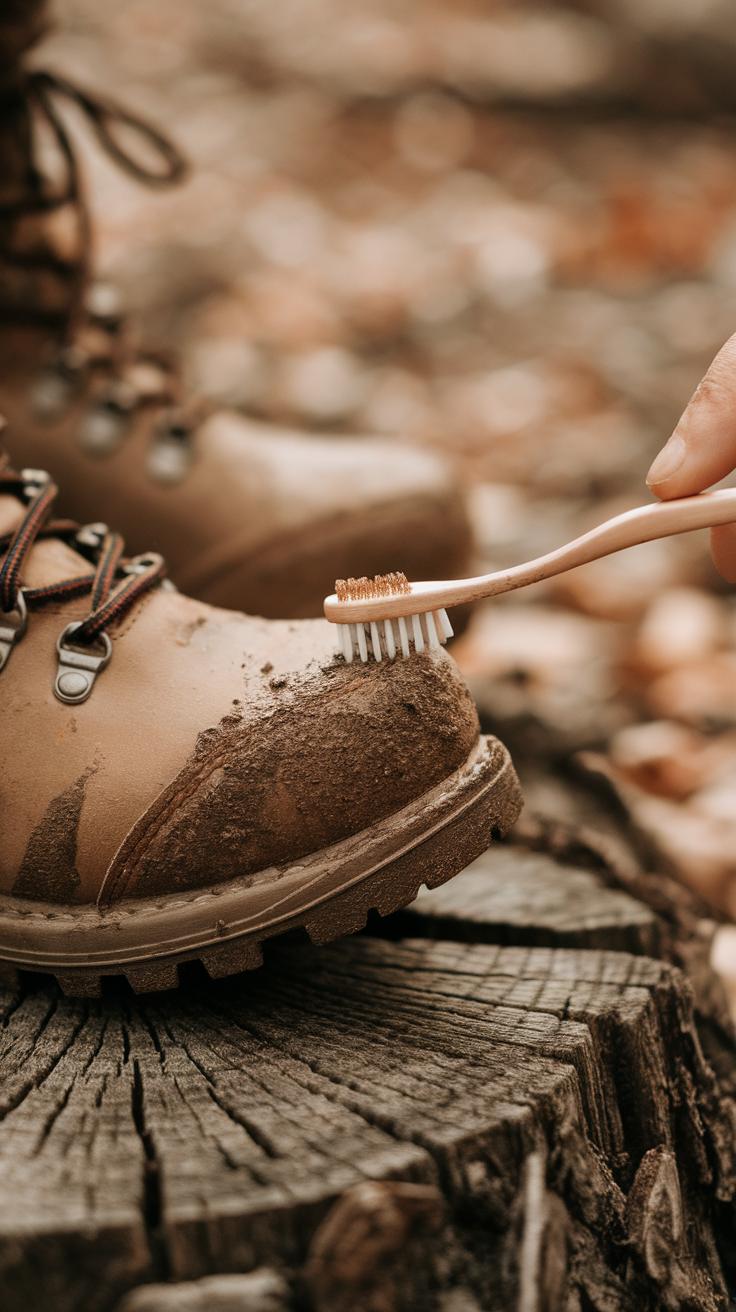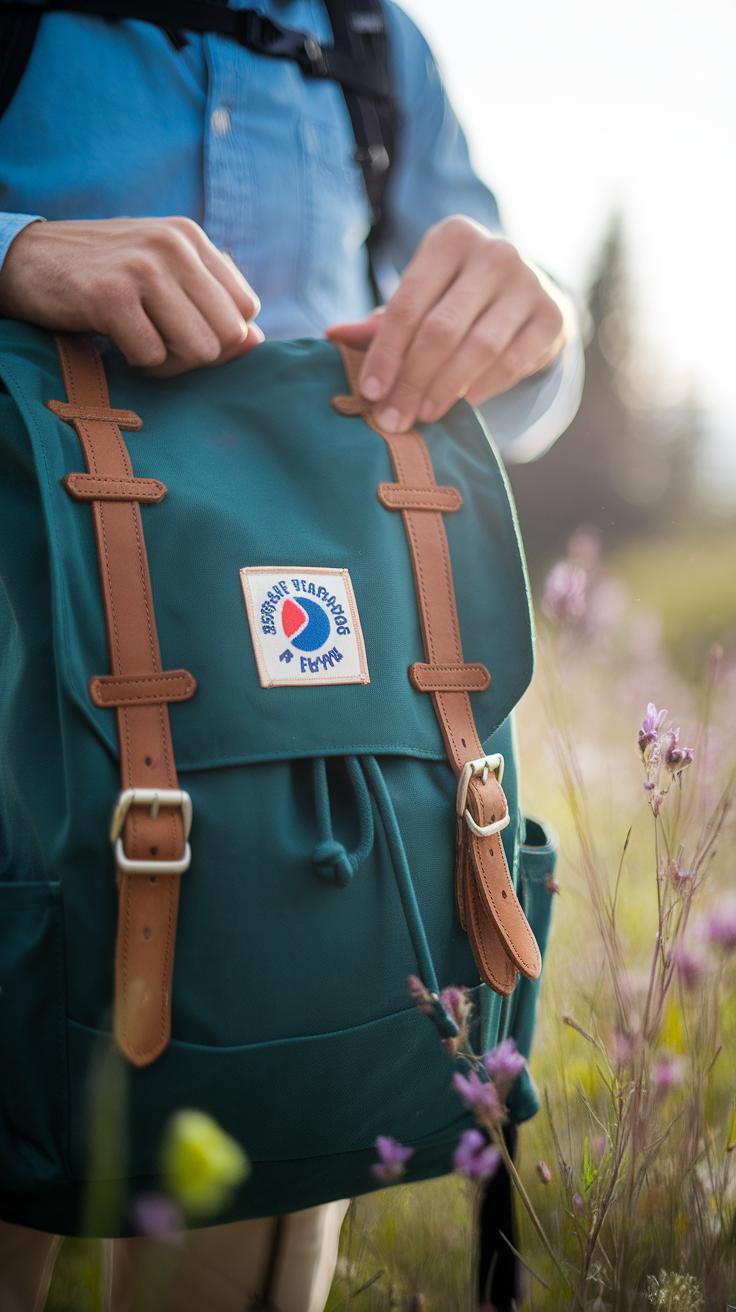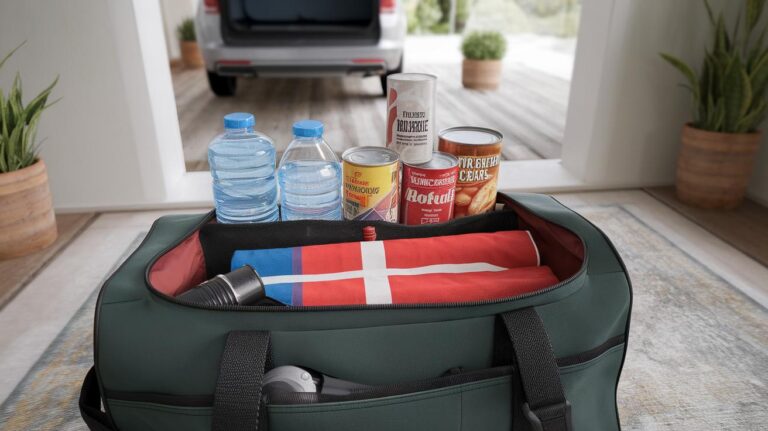Introduction
Backpacking is more than just a travel method; it’s a lifestyle choice that reflects your personality and priorities. Your backpacking aesthetic should match your approach to adventure, blending practicality with personal style. Understanding the different types of backpacks and gear options helps you build this aesthetic. This article guides you through defining a backpacking style that fits your needs and highlights the importance of choosing durable gear.
Choosing the right gear requires thoughtful consideration. Your backpack carries your essentials, so durability and comfort are key. This article will explore how your backpacking aesthetic influences gear choices and how durable equipment supports long journeys. Ready to learn how to express your style while staying prepared? Let’s explore the elements that shape your backpacking identity.
Understanding Backpacking Aesthetics
Backpacking aesthetics refer to how your gear and style express who you are while you travel. It is the mix of personal taste and practical choices that shape your overall look and feel during your trip. When you think about your backpacking aesthetic, you are thinking about more than just appearance. You are defining how your gear supports your journey and matches your identity.
Your aesthetic affects what you carry and how you move through the environment. Choosing bright colors might make you stand out, while earth tones can help you blend into nature. Sleek, modern gear could speak to minimalist values, while vintage or rugged equipment might show a love for tradition or adventure history.
How do your gear choices influence your experience? They can create comfort, confidence, and practicality. When you align your style with good gear, your trip feels more seamless and true to you. What does your backpacking style say about you?
The Role of Personal Style in Backpacking
Your personal style shapes the way you pick gear and pack your bag. Some travelers prefer a clean, simple look that emphasizes lightness. Others might choose bold colors and patterns to express creativity or fun. Each choice reflects values like sustainability, tech-savviness, or cultural curiosity.
For example, an outdoors minimalist might opt for compact, multi-use tools and neutral tones that keep the focus on nature. A camper focused on comfort may carry cushioned gear and weatherproof materials in rich, warm shades. Urban backpackers might select gear that blends streetwear trends with function.
What does your style tell others about how you travel? Your gear acts as a badge representing your personality and priorities. Consider if your choices highlight speed, comfort, durability, or style. Which aspect matters most to you?
Balancing Function and Form
Your backpacking setup needs to work well and look right to feel complete. Functional gear is critical for safety, comfort, and ease during your trip. At the same time, gear that matches your aesthetic can make you feel more confident and connected to your journey.
For instance, selecting a water bottle that fits your hand and keeps water cold is practical. Choosing one in your favorite color or with a sleek design brings personal satisfaction. Durable fabrics protect you from weather but can still have neat patterns or textures.
Can you find gear that meets your needs without sacrificing your style? Look for quality products that combine usability with design you like. Prioritize essentials first, then add items that enhance your visual identity. This balance creates both a safer and more enjoyable backpacking experience.
Choosing a Backpack That Reflects Your Style
Your backpack is more than just a container for gear. It shows your personality and fits your needs on the trail. Start by thinking about the type that matches both your style and how you hike.
If you prefer a clean and lightweight look, frameless backpacks offer a minimalist shape without extra hardware. They work well for shorter trips or when you travel light.
External frame backpacks catch the eye with their visible, rigid frames. They suit hikers who carry heavy loads or need better support on rugged terrain. Their classic design stands out in a crowd.
Internal frame backpacks blend support with sleek profiles. They hug your body closely, making them popular for fast hikers or those wanting a modern look.
Bodypacks resemble sturdy daypacks, usually smaller but durable and compact. They fit urban-style adventurers or quick trips where carrying just essentials is key.
Think about what matches your daily habits and trail style. Is your preference bold or simple? Heavy or light? Practical or stylish? Your choice sets the tone for every hike you take.
Types of Backpacks and Their Uses
Frameless backpacks lack a built-in support frame. They are lighter and flexible but best for carrying light gear on shorter treks or urban outings. If you want simplicity and ease, this style fits well.
External frame packs have a strong metal frame that holds the shape and aids load distribution. Hikers with heavy loads, like hunters or winter campers, benefit from the extra support and ventilation.
Internal frame backpacks keep the frame hidden inside, improving maneuverability. These are good for active hikers or those who need to move easily through tight spaces.
Bodypacks are smaller, designed for day hikes or city travel. They carry essentials with a tight, comfortable fit and suit people who value a minimal pack without sacrificing durability.
Knowing these types helps you decide which pack meets your activities and aesthetic goals. Are you looking for freedom to move, strong load support, or compact convenience?
Selecting Size and Capacity
Choosing the right size depends mainly on how long and far your trips are. For weekend outings, packs between 30 and 50 liters often work well. They carry just enough without extra bulk.
Longer trips require larger sizes, 50 liters or more, to hold extra clothes, food, and tools. But a bigger pack means more weight and space to manage, which might affect your hiking speed and style.
Consider your daily style. Do you prefer a slim pack that matches a sleek look, or does your style allow for larger, rugged packs? Size influences both function and appearance.
Think about your past trips. What load felt right? Were you carrying too much or too little? Matching pack size to your routine ensures comfort and keeps your look consistent.
Ask yourself: Which pack size fits your travel habits without weighing down your style? Your answer helps define the practical side of your backpacking aesthetic.
Materials and Durability in Gear Selection
When you choose your backpacking gear, focus on the materials it’s made from. The fabric defines how well your gear holds up over time and in tough conditions. Look for materials that resist tears, abrasions, and water. They keep your gear reliable on unpredictable trails.
Nylon, polyester, and Cordura are common fabrics for durable gear. Nylon offers light weight and strong tear resistance. It performs well around moisture but can wear out faster under heavy abrasion. Polyester resists stretching and sun damage better, making it good for sunny and wet climates. Cordura fabric combines high resistance to tears and abrasions, often used on heavy-duty pack areas. Ask yourself where you’ll hike most: rocky terrain or rainy forests? Your fabric choice should match that environment to extend your gear’s life.
Fabric Types and Their Benefits
Nylon’s strength lies in its lightweight and flexibility. It handles water well but might not last as long when you drag it over rough rocks. Polyester resists UV rays better, so your pack stays stronger after many sunny days. Its stiffness adds structure, which might suit you if you prefer firm, stable gear.
Cordura is a thicker fabric made from nylon, designed for extra toughness. Many top backpacks cover high-contact areas like corners and straps with Cordura to resist wear and tear. If you want gear that stands up to heavy use, seek out Cordura panels. When choosing, check the denier count—a higher number means thicker fabric and more durability.
Ensuring Longevity with Quality Components
The fabric alone isn’t enough to guarantee durability. Look closely at zippers, buckles, and stitching. Heavy-duty zippers with large teeth resist jamming and breaking. YKK zippers are a brand to trust for lasting performance. Plastic buckles should feel strong, not brittle. Metal buckles add extra strength but increase weight.
Stitching matters too. Double or triple stitching in stress areas helps prevent seams from splitting under load. Pull at the stitches to test their tightness before you buy. Well-made gear also uses bar tacking—a thick, reinforced stitch where straps attach—to add security. Your gear’s components must work together to carry your load and survive the trail’s challenges.
Matching Gear to Your Backpacking Destination
Your backpacking gear should reflect where you plan to go. Climate, terrain, and the activity level shape the type of equipment you need. A hot desert trip demands lighter, breathable fabrics that wick sweat. Cold mountain treks require insulated layers and windproof materials.
Wet environments call for waterproof gear and quick-drying fabrics. Dry regions allow for more basic water-resistant options. Terrain also plays a key role. Uneven, rocky paths need supportive backpacks with strong frames. Smooth urban routes need lighter, more streamlined bags.
Think about how active you will be. High-intensity hikes benefit from gear that reduces weight but stays durable. Short walks or casual travel gear may focus more on comfort than ruggedness. What do you expect from your adventure? Your gear choices should fit your location and planned activities perfectly.
Gear for Different Climates
Hot climates require gear that promotes airflow and moisture management. Fabrics like nylon mesh and polyester blends dry fast and keep you cool. Choose hats and clothing with UV protection for sun safety.
Cold climates demand insulation. Synthetic fibers like PrimaLoft and down trap heat efficiently. Bring layers so you can adjust to changing temperatures. Waterproof outer layers shield you from snow and wind.
Wet environments need waterproof gear. Look for fabrics with durable water repellent coatings and taped seams. Waterproof boots and rain covers protect your belongings during storms.
In dry climates, breathability matters most. Select lightweight items that dry quickly and protect your skin from dust and sun. What climate will you face first? Pack your gear to keep you comfortable in those specific conditions.
Adapting to Terrain Demands
Rugged terrain asks for durable backpacks with strong frames and reinforced straps. You want gear that absorbs shock and resists tears. Mountain environments require boots with high ankle support and good traction.
Urban backpacking favors slim, lightweight packs with easy access pockets. Smooth paths don’t need extra padding or heavy features. Forest trails push you to choose gear resistant to dirt and moisture.
Consider the ground beneath your feet. Rocky landscapes call for sturdy footwear, while muddy trails need waterproof options. How often will you encounter rough terrain? Your pack and gear should match the level of challenge your destination holds to keep you moving efficiently.
Essential Durable Gear for Every Backpacker
Your backpacking gear must reliably handle the rough conditions you face outdoors. The right gear balances strength with function so you spend less time fixing and more time enjoying. A solid backpack with tough fabric and strong stitching protects your items and eases long hikes.
Sleeping bags designed for cold weather use ripstop fabrics and insulated fills that keep warmth even when damp. Tents with strong poles and waterproof rainflies shield you from wind and rain without adding unnecessary weight. Footwear built for trail use offers durable soles and supports your feet over uneven ground.
Choosing pieces that marry durability and usability means fewer replacements. This approach ensures your adventure kit stays dependable across many trips, helping define your unique backpacking style as one focused on enduring quality.
Backpacks and Carrying Systems
Durable backpacks feature reinforced stitching and sturdy fabrics like ripstop nylon or Cordura. Look for padded hip belts that transfer weight from shoulders to hips, reducing fatigue on long treks. Adjustable shoulder straps tailor the pack’s fit for comfort while keeping the load stable.
A well-designed load distribution system keeps heavier items close to your back, improving balance and posture. Compression straps prevent gear from shifting, which can cause discomfort and throw off your stability on rocky terrain. Are you choosing a backpack that fits both your body and your trip demands?
Sleep and Shelter Options
Choosing a sleeping bag means considering temperature rating and durability. Bags with tough outer shells resist tears and moisture, extending their lifespan. Synthetic fills maintain insulation when wet, useful if you face damp environments. Down sleeping bags pack small and warm but need extra care to stay dry.
Tents with robust poles, reinforced seams, and waterproof rainflies hold up better in wind and rain. Features like sturdy guy lines and durable zippers add resilience. Your shelter protects you from the elements, so select models with reliable materials that match your typical backpacking conditions.
Customizing Your Backpack for Practical Use
Think about how you move on the trail. Your backpack should move with you, not against you. Focus on making your pack fit your body and your style of hiking. Start by adjusting shoulder straps to keep the pack stable and snug. Use the hip belt to transfer weight from your shoulders to your hips, easing strain during long treks.
Choose compartments based on how often you need items. Place water bottles and snacks in side pockets for quick grabs. Store bulky gear like tents or sleeping bags at the bottom or near your back for balance. A well-arranged pack helps you avoid digging through everything when you need something fast.
Add simple accessories like hydration sleeves, small zippered pouches, or attachable carabiners. These help organize tools like a map, headlamp, or multitool without overcrowding the main compartment. Think about your daily trail needs—what items should stay within reach? Customizing your pack is about blending comfort with smart storage to make your adventure smoother.
Organizing Your Pack Efficiently
Divide your gear by use and weight. Heavy items belong near your back and center for better balance. Keep frequently used gear, like rain jackets or snacks, in outer compartments. Use stuff sacks or packing cubes to group similar items, preventing clutter inside your backpack.
Think about layering inside the pack. Start with items you don’t need until camp and add gear you might need during the day near the top. This method saves time when searching for essentials. Avoid loose items which can shift and throw off your balance.
Ask yourself: Can you reach your map or first aid kit without unloading your pack? If not, rearrange. Efficient organization reduces fatigue and keeps you prepared. Try different layouts at home before your trip to find what works best for you.
Adjusting Fit for Comfort
Your backpack’s fit influences how long you can hike without discomfort. Begin fitting the pack by tightening the hip belt just above your iliac crest. This transfers weight effectively to your hips, reducing shoulder pressure.
Adjust shoulder straps so the pack sits close to your back without restricting your arms. Use the load lifter straps to pull the top of the pack towards you, maintaining stability over uneven terrain. Don’t forget the sternum strap, which helps keep the shoulder straps in place. Adjust it to a comfortable height across your chest.
If you notice pressure points or pain during your hike, pause to tweak the fit. Small changes can prevent blisters or back pain. Remember, a well-fitted backpack feels like part of your body, supporting rather than weighing you down. What fit adjustments do you think would improve your comfort on long trails?
Maintaining Your Backpacking Gear
Your backpacking gear shows signs of wear after every trip. Proper care keeps it ready for the next adventure. Cleaning your gear removes dirt, sweat, and grime that cause damage over time. Storing equipment right also prevents mold and fabric breakdown. Small repairs stop minor issues from turning into costly replacements.
Focus on a regular maintenance routine. After a hike, inspect your backpack and other gear closely. Look for tears, broken zippers, or loose stitching. Ask yourself: How can I extend this gear’s usefulness with simple care? Regular upkeep makes your gear last longer, saving money and reducing waste.
Simple habits, like drying your backpack before storing it and handling repairs promptly, affect your gear’s lifespan. Think about what you do now to protect your gear. Could better cleaning or careful storage improve your pack’s performance? Maintaining your gear lets you rely on it when you need it most.
Cleaning Techniques for Longevity
Different materials need different cleaning approaches to avoid damage. For synthetic fabrics, use mild soap and warm water. Hand wash your backpack and gear. Avoid harsh detergents that strip waterproof coatings or weaken fibers.
Remove dirt with a soft brush or sponge. Target stains gently to prevent fabric fraying. Rinse thoroughly to wash out all soap residue. Dry gear fully in air, away from sunlight or high heat, which can break down materials.
For items like sleeping bags or down jackets, follow manufacturer instructions closely. Spot clean when possible. Machine washing frequently may strip natural oils or damage delicate insulation. Think about the last time you cleaned your gear. Could gentle care keep it in better shape?
Repair and Storage Tips
Small repairs prevent bigger problems with your gear. Fix ripped seams promptly using fabric patches or repair tape. Replace broken buckles or zippers early to avoid inconvenience on the trail. Sewing or patch kits can be lightweight additions to your pack.
Storing gear properly is key. Keep backpacks and clothes dry and loosely packed to avoid fabric stress. Use storage sacks that allow airflow to reduce mold risk. Avoid cramming gear into tight spaces that cause folds and damage.
Think about your storage routine at home. Could better organization help your gear breathe and last longer? Taking time now to repair and store your backpacking equipment properly saves stress and money on your next trip.
Expressing Your Backpacking Identity
Your gear says a lot about who you are and what you care about. Think about the values that guide your trips. Do you prioritize nature’s health? Or maybe you seek comfort and style in rugged conditions. Use these values to guide your gear choices.
Choosing durable equipment that lasts aligns with respect for both the environment and your adventure style. Gear that withstands tough trails shows your commitment to quality and responsibility. Look for items made from recycled materials or designed to minimize waste. This supports a cleaner planet and reduces the need for frequent replacements.
You can also make your gear uniquely yours. Add patches, use color-coded straps, or attach meaningful charms. These personal touches reflect your journey and personality while keeping your setup practical. When you tailor your gear to match your identity, your backpacking experience becomes more meaningful and distinctly your own.
Sustainability in Backpacking Gear
Choosing gear made from eco-friendly materials limits your impact on nature. For example, backpacks with recycled nylon use less new plastic, cutting down pollution. Sleeping bags filled with plant-based insulation avoid harmful chemicals. These options help protect the wild places you love.
Durable gear also lowers waste. If your tent or boots last years instead of one season, you buy less and create less trash. Look for companies with repair programs or take-back policies, so your gear stays in use longer. Sustainable choices like these save money and support global efforts to reduce waste.
Personalizing Your Gear
Customizing your gear lets you stand out while staying prepared. Use visible tape or colored paracord on zippers and handles. This not only adds a splash of color, but also helps identify your pack at a distance. Try attaching patches or pins that reflect your favorite places or causes.
Consider simple mods like replacing straps with comfortable alternatives or adding extra pockets for gear you use most. Personalization doesn’t mean sacrificing functionality; it means making your load out work better for you. What small change can make your setup easier or more enjoyable?
Conclusions
Crafting your backpacking aesthetic is about matching your gear to your adventure style. Durable gear enhances your experience by providing reliability and comfort. When you select equipment that fits your needs and withstands challenges, your travels become more enjoyable. Consider the terrain, weather, and duration of your trips to choose the best gear for your lifestyle. This thoughtful approach helps develop a functional and stylish backpacking kit.
Your backpacking aesthetic reflects your journey and personality. The right backpack and gear make your travels smoother and more fulfilling. Focus on what matters most for your adventures, and choose equipment designed to last. Doing so ensures you can explore confidently and comfortably. Define your style, pick durable gear, and embark on memorable outdoor experiences.

